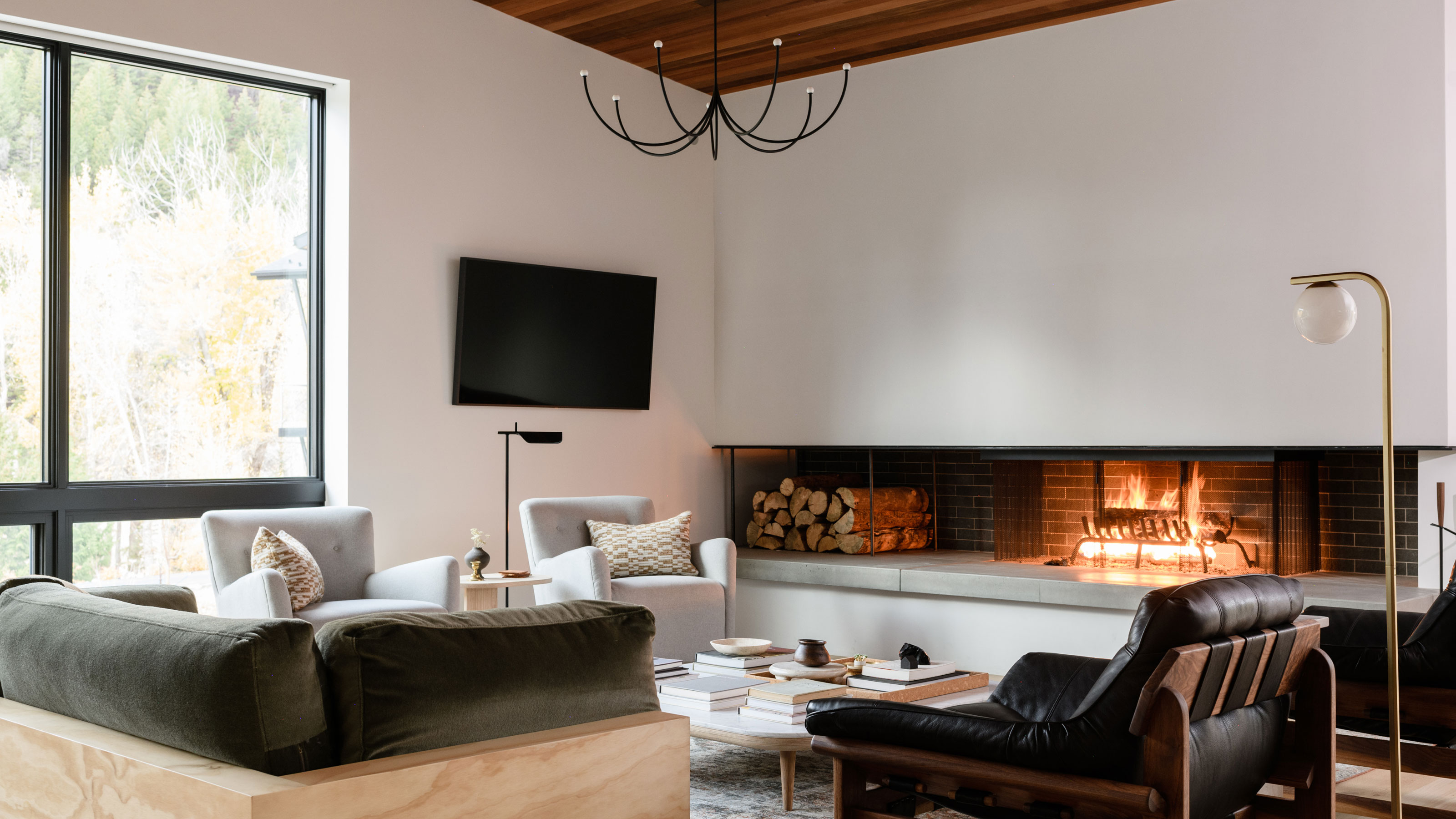
OLED TVs have a lot going for them, but their comparative brightness is not one of their strengths. So, you might wonder before you buy — is it the right choice for a room with lots of natural light?
The conventional wisdom says no, they're not a great choice for a bright room. OLED TVs, they say, don’t get as bright as LCD models and thus struggle in bright light. Worse, if you do up the brightness to compensate, you’re potentially increasing the odds of the dreaded burn-in — another OLED boogieman. In other words, in the battle between OLED and other types of screen, the latter might be better.
Writing as someone happily using an OLED TV in a room with large patio doors and a skylight that gets plenty of sun, the truth is a little less clear cut than that in my experience, and even if you have a bright room, an OLED TV is worth it in the right conditions.
Here’s some advice if you’re wondering whether an OLED TV is okay for a bright room.
Will I be able to see an OLED TV in a bright room?
To begin with, much of the advice about OLED TVs and bright rooms feels a touch outdated in 2024, as the technology has come a long way in a short time. Essentially, because each OLED pixel is individually lit, rather than using a back panel for lighting, the top brightness was historically lower. That makes footage harder to see in well-lit rooms.
But if you’re shopping for pricier OLED TVs, you’ll see that peak brightness levels have come on in leaps and bounds.
The gap has closed significantly, with the recent LG C4 OLED hitting an impressive 1,049 nits in reviews. When comparing OLED and Mini-LED TVs, it's true the latter can reach up to five times that, but consider that flagship OLED screens were struggling to hit 650 nits just a few years ago and you may conclude it’s now a non-issue.
However, as an owner of an older OLED panel in a bright room myself, I will say that there’s one thing you should be aware of: reflections. The glass front on my LG BX panel means that on a bright day I can see myself watching — which is somewhat distracting, even if you do get used to it.
It’s nothing that drawing the curtains won’t fix, and modern top-end OLED panels have an anti-reflective coating to considerably reduce this, but it’s still worth bearing in mind.
This 2024 OLED TV is far brighter than previous OLED models, making it less of a challenge to see in bright rooms.
Is my room too bright for OLED?
For most rooms, then, OLED is fine and dandy — if you’re prepared to pay enough for a model with high brightness and low reflectivity. But there are still some exceptions where I would suggest it’s not worth the hassle.
One example is if the only space where your TV can be placed is directly opposite a window: that’s just asking for a weaker experience than the brightest mini-LED panels. Yes, you can put in blackout curtains in your living room, but do you really want to block out all the natural light every time you want to switch on the TV in the daytime?
OLED is also probably a no-go if you’re shopping for a room with large bay windows or skylights, where the sun can’t easily be blocked out. That may not be an issue if you only plan to watch at night, but it will make things a lot less fun for the long, summer evenings. And remember, having to crank up the brightness may cause issues for your OLED TV's life expectancy, as you run the risk of OLED burn in.
But if you really want the brilliant picture and perfect contrast that OLED screens offer, you can always run a test. Simply buy an OLED TV at a store with a good returns policy and see for yourself. Just be sure to test the panel at all times of day and in different positions before deciding one way or the other.
If you follow this approach, always remember that in-store demos bear little resemblance to the at-home experience. The lighting is different, and the settings have likely been adjusted to compensate. Read real-world reviews and consider flashing a torch on a display model to check out the reflectivity before buying to save yourself a whole lot of hassle.







